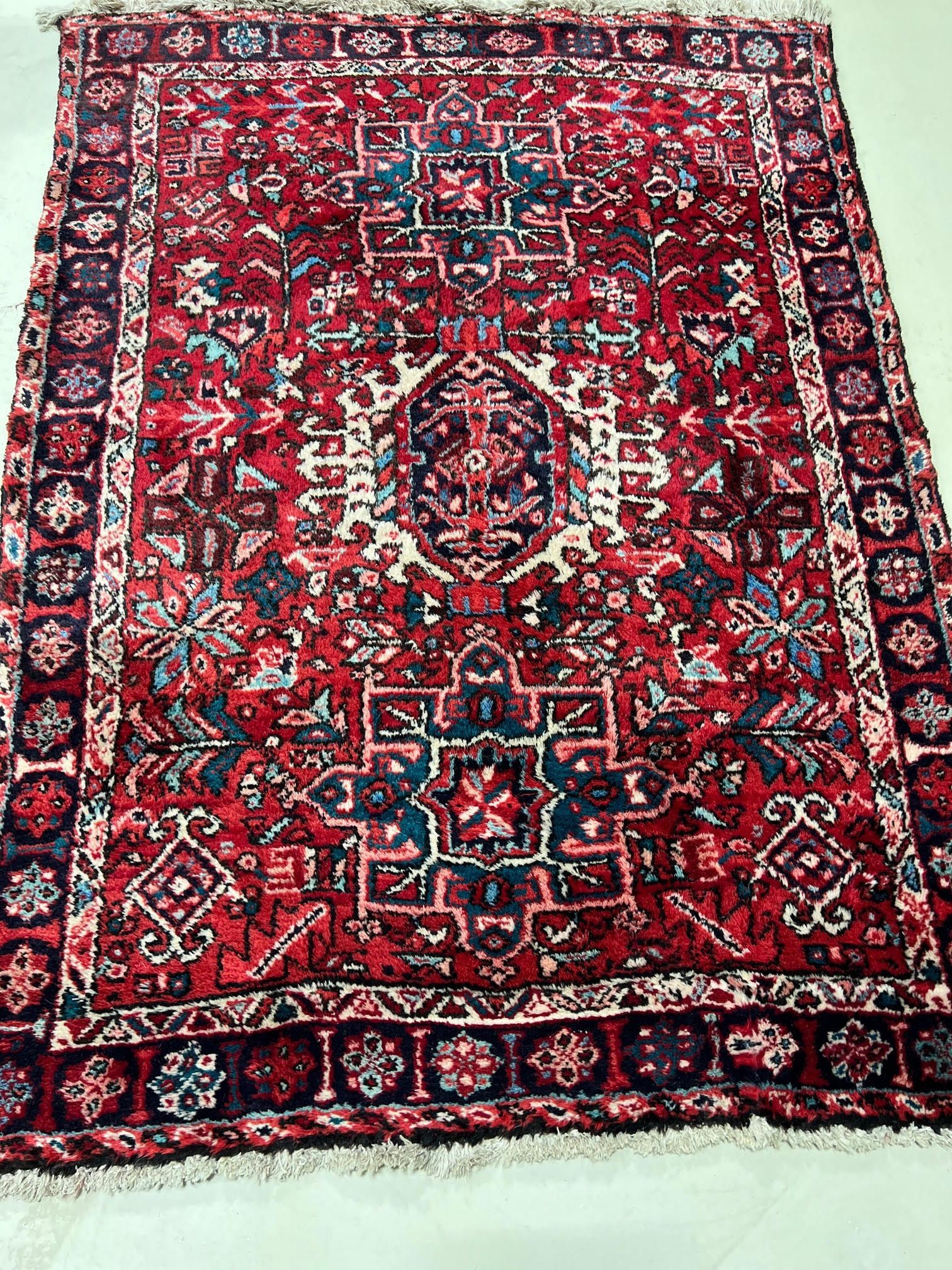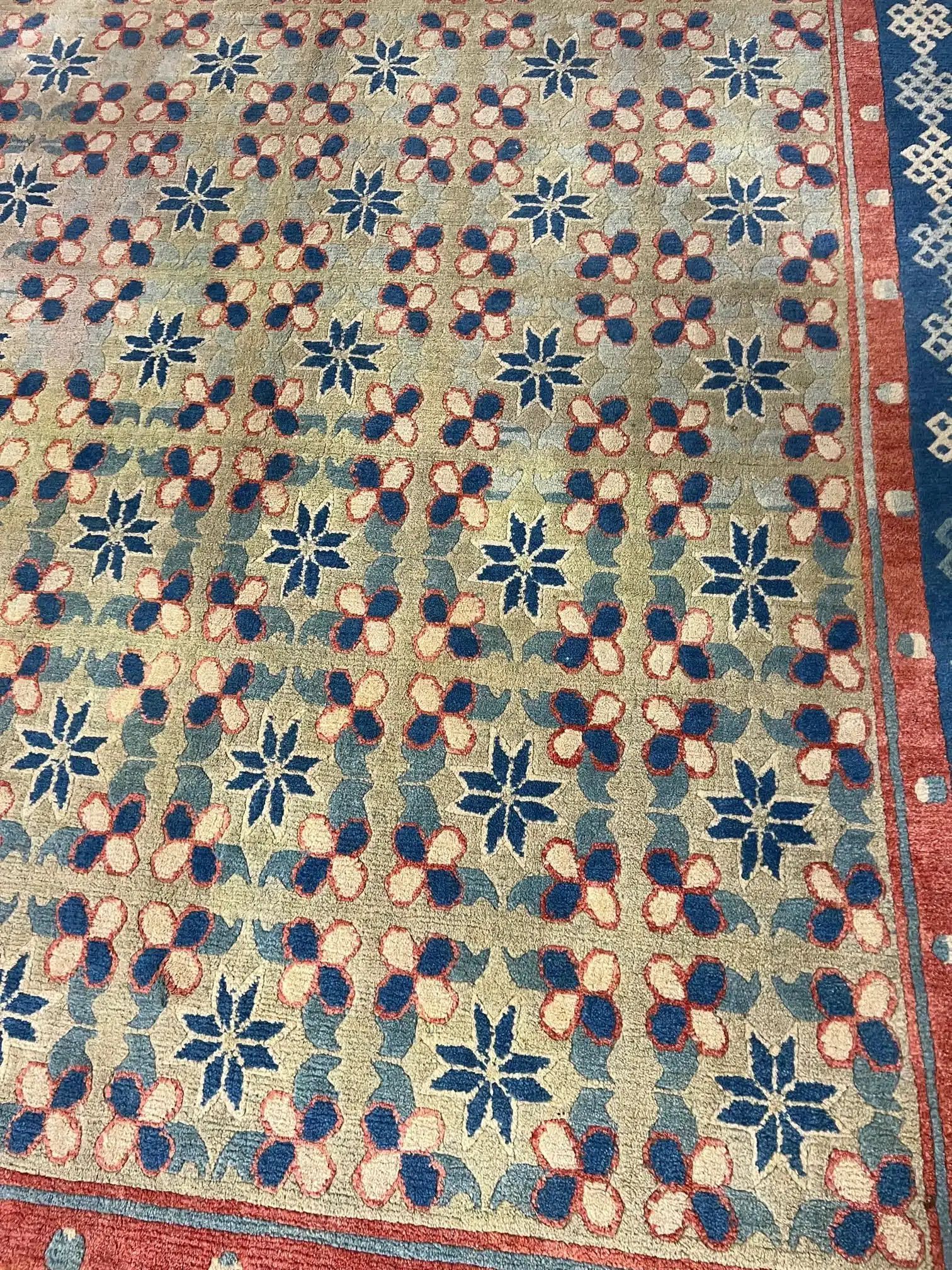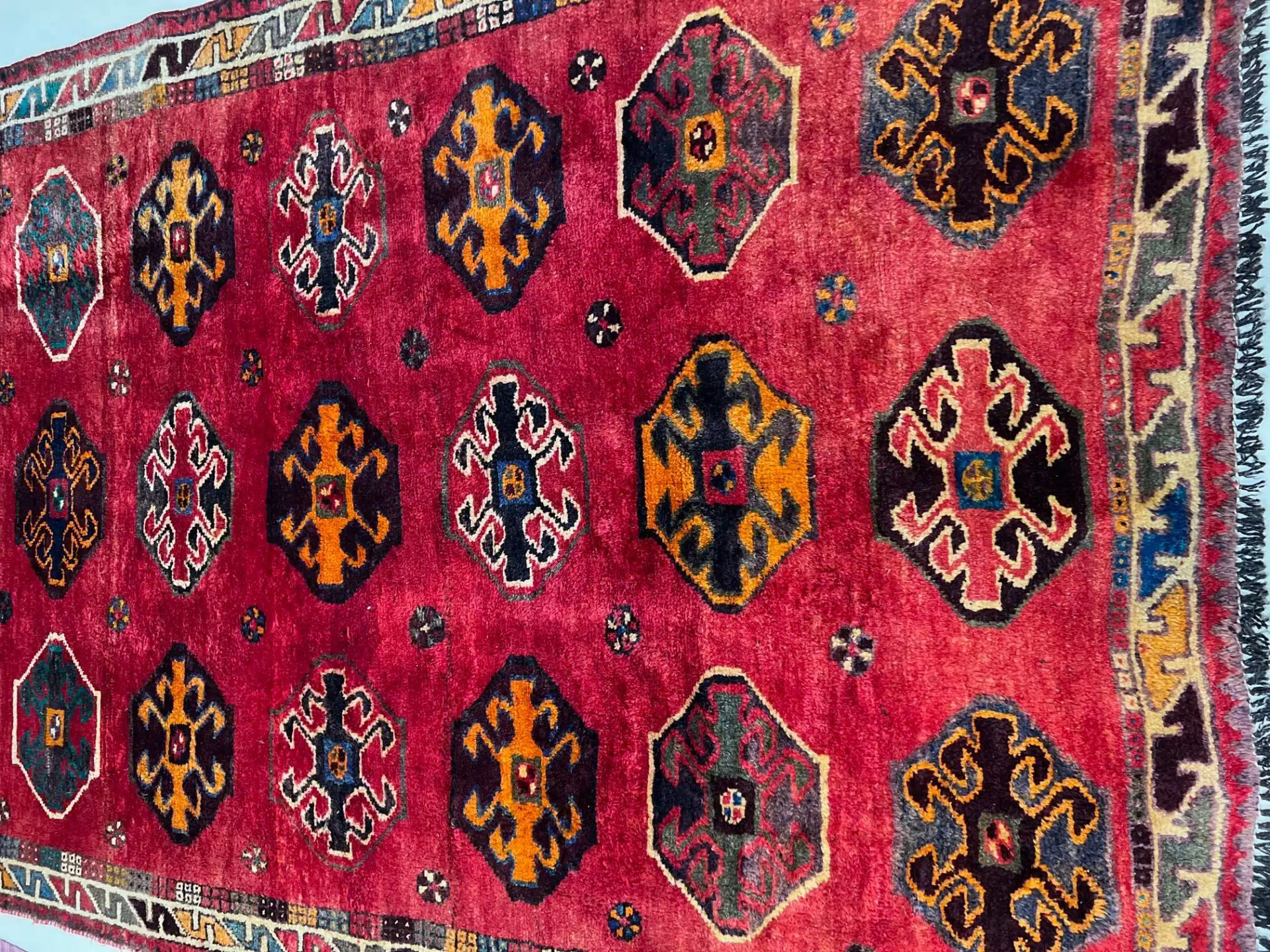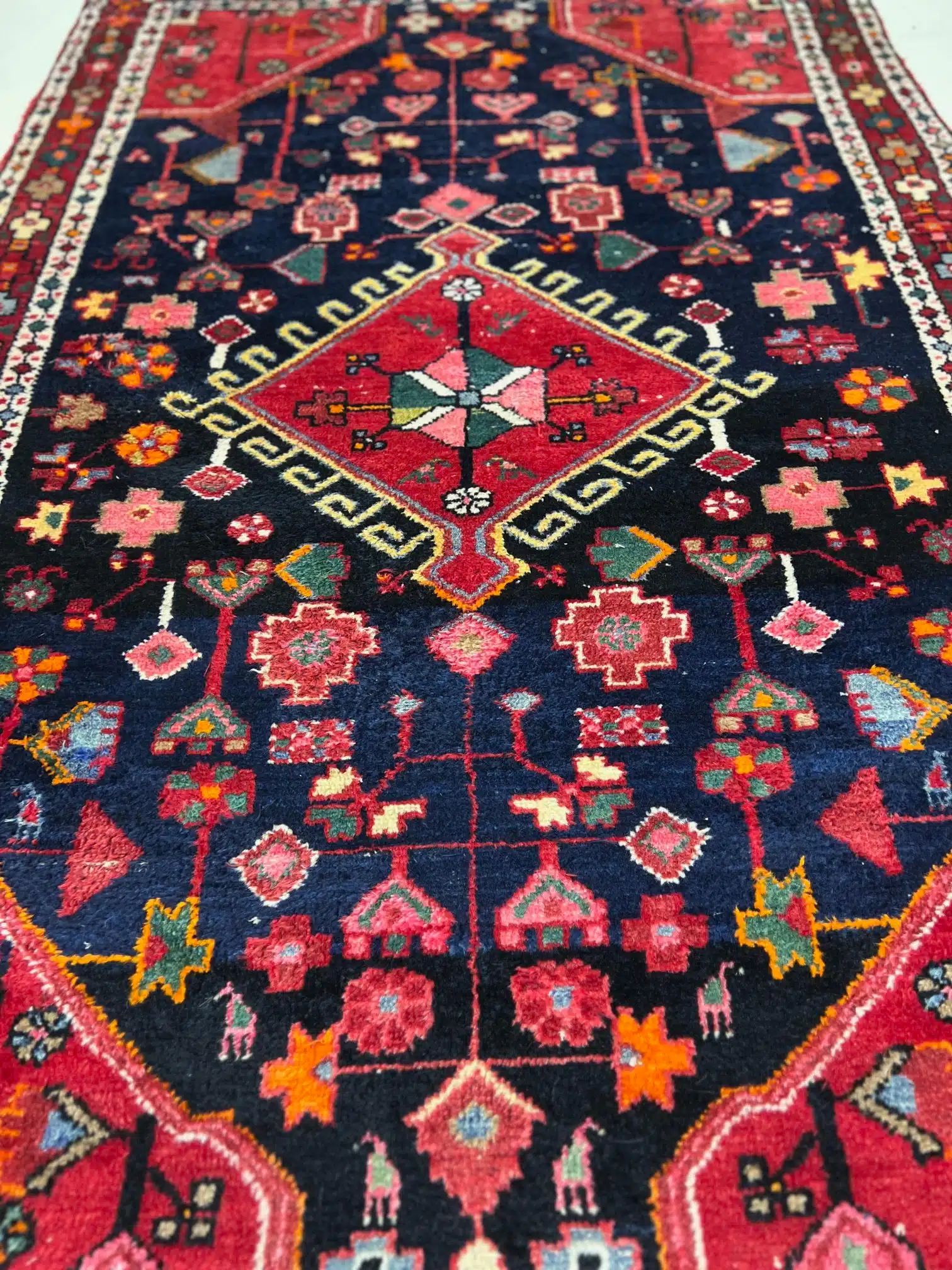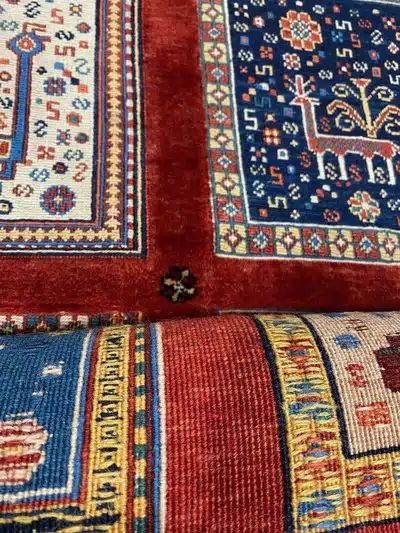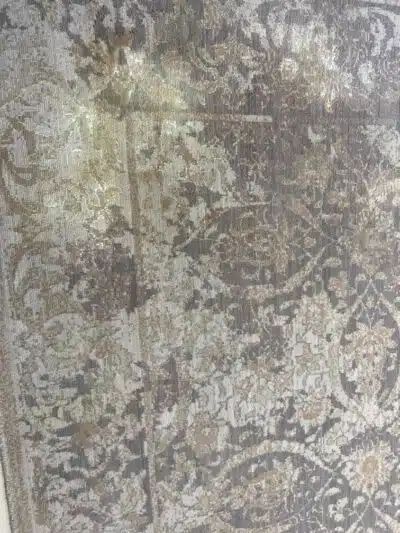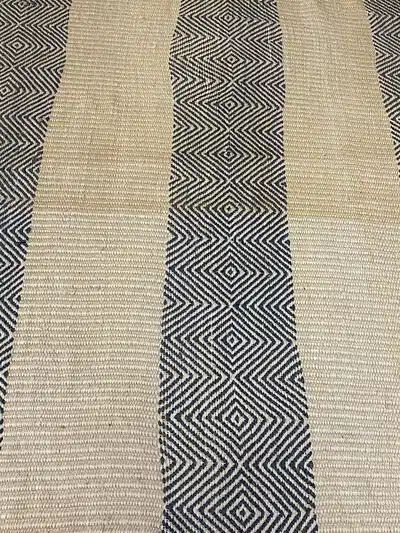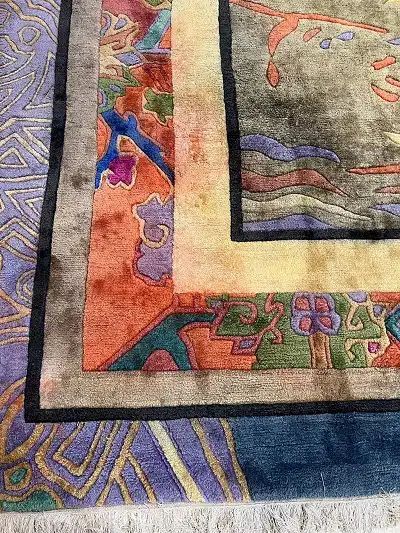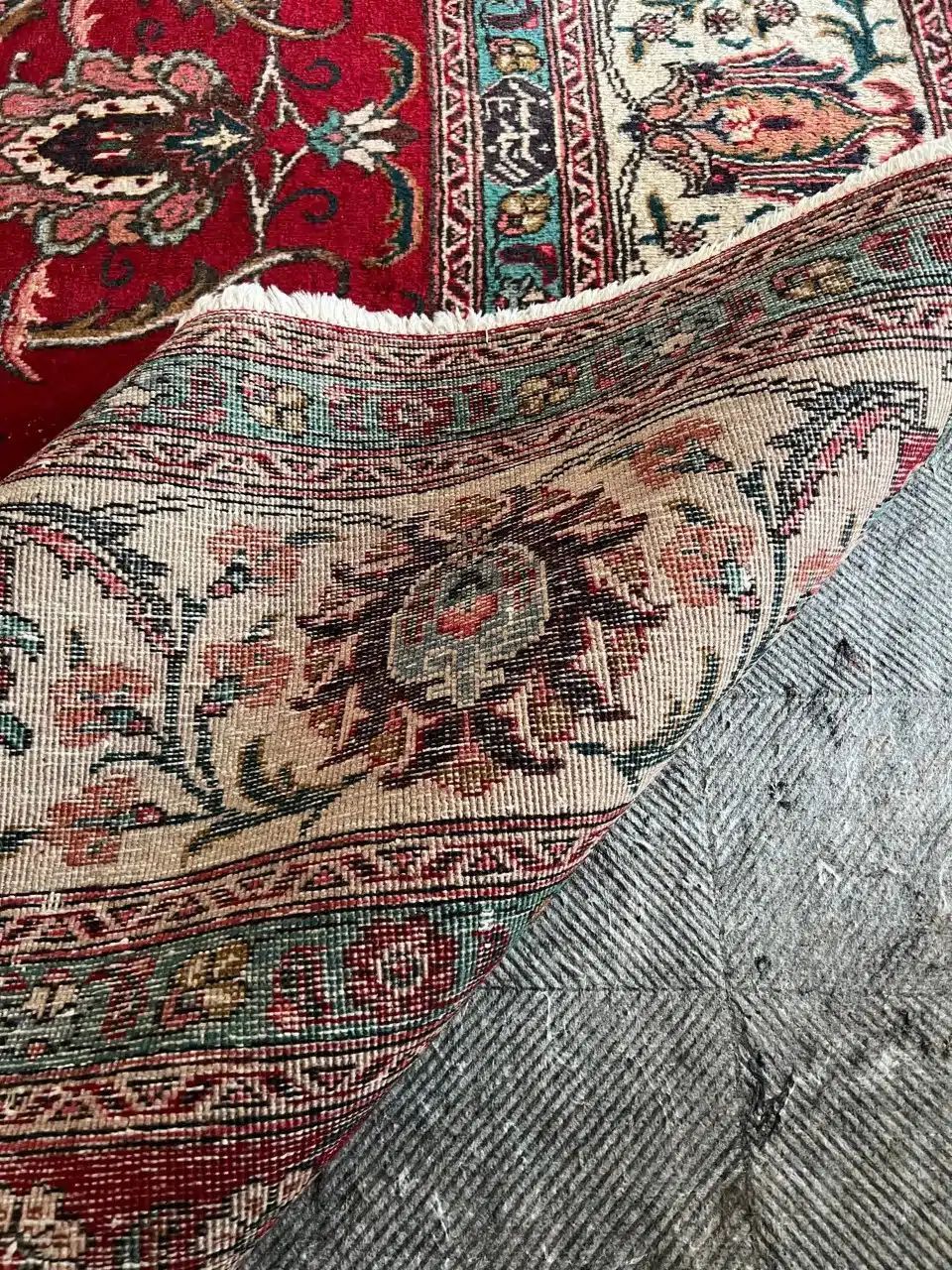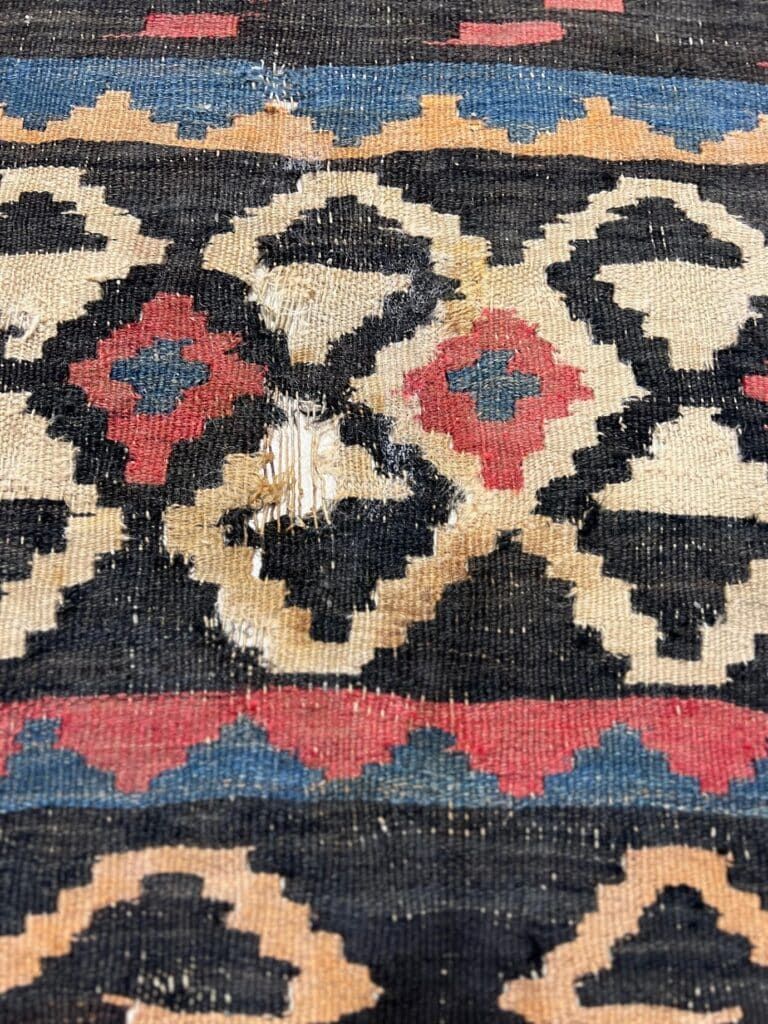What Makes Persian Rugs so Colorful
What Makes Persian Rugs so Colorful
The vibrant colors of traditional rugs come from natural plant and animal dyes. The most common natural dyes in Persia came from runas, which is a plant that contains pigment in the roots. It often has a reddish hue but may also showcase purple tones. Cochineal is a ruby-red color that comes from the shell of the kermis insect. Indigo is often used to create deep blues and purples. These pigments can be mixed with other materials, such as walnut shells and henna, to achieve different shades.
Synthetic Dyes
Synthetic dyes began to be developed in the late 1800s. These chemical dyes were often petroleum-based, and they were cheaper to produce. However, they weren’t as colorfast or lightfast as natural dyes. If consumers weren’t careful with their Oriental rug cleaning techniques, they would cause the color to bleed. This is still true today.
Still, the commercialization of Persian rugs popularized the use of synthetic dyes. But some rural tribes continued to color their rugs with natural pigments.
Naturally Dyed Rugs
Most people consider naturally dyed rugs to be of higher quality than synthetically dyed pieces. The process of dying the fibers naturally takes time and skill. Therefore, carpets made with natural dyes command a higher price than rugs made with synthetically dyed wool.
The 1980s saw a resurgence in rug-making with natural dyes. Artisans hoped to revamp the natural luster and vividness of traditional Persian rugs. This movement allowed consumers who didn’t have the budget for an antique rug to purchase a new carpet with similar qualities as the older ones.
The post What Makes Persian Rugs so Colorful appeared first on The Austin Rug Cleaner.
